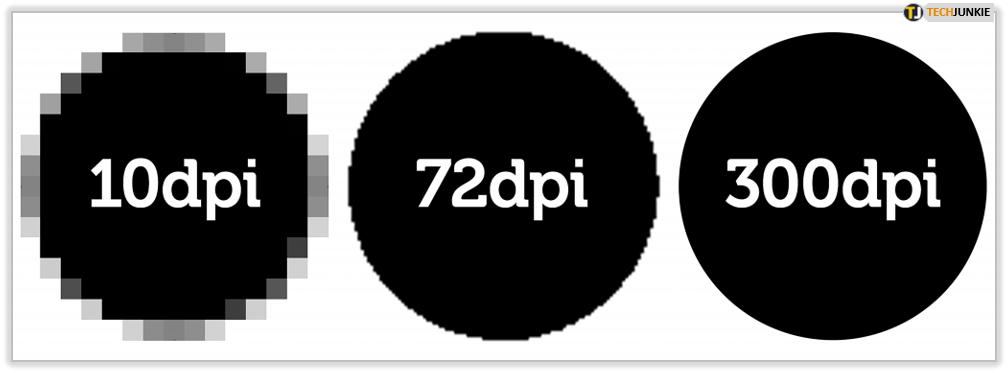
To change the size the image will print to, without changing the pixel dimensions, we can uncheck the ‘Resample Image’ button. How large the image will print, as it is, depends on how many pixels per inch we want to use. Without resizing the file in Photoshop, that’s the pixel dimensions that the image will open up with.

If we look at the resolution, 2592 by 3888 and pull out the calculator again, we get 2592 x 3888 = 10,077,696 … and that is a touch over 10 megapixels – the resolution of our camera. The camera in this case was the Canon 1D mk3, and the specs say it is a 10 megapixel camera. We have an image that will print as 11 x 7.4 inches at 350 pixels per inch, if we don’t resize the image from the camera’s resolution. And there it is … the dialog box already did the math for us. Still looking at the same dialog box as it opens to the default – if I wanted to use 350 pixels per inch, and I have 3888 pixels on the longest side, then simple math with a calculator tells us we can get an image 3888 / 350 = 11.109 inches wide. But 8×10 or 5×7 which are different aspect ratios, will need cropping. You will have to resize it, but not crop it. This ratio of 3:2 also means that the image can be printed as 6×4 without cropping any part of it. If we do some quick math, 3888 / 2592 = 1.5 and this means that the aspect ratio of this image is 3:2 which is the usual aspect ratio for 35mm film cameras and most D-SLRs. Looking just at the dialog box, the pixel dimension of this particular image is 2592 x 3888 pixels straight from the camera. Let’s look at an actual image opened up in Photoshop, with the Image > Size dialog box open: There are so many articles on the subject that this posting hardly seems necessary, but it grates me when so many digital photographers clearly don’t understand something as basic as image size and resolution. There are numerous articles about this on the internet, and a quick search will bring them up. But the terms ppi and dpi are often used to mean the same thing. ppi however, will describe how large the image will be printed at the current ppi setting.

It is largely meaningless to us as digital photographers. Dots per inch (dpi) is mostly a legacy term to describe how printers resolve detail. But before we get there … people use dpi (dots per inch) when they mean to say ppi (pixels per inch). Where the dpi (or ppi) value comes in, is in describing how large the image will be printed. That’s the size – the pixel dimension – 600 pixels by 400 pixels. Since the actual image size is already described in very specific terms, (600 x 400 pixels), there is nothing else to add. It has become the superfluous 65mph description. When an image is described as 600×400 pixels, then the dpi (or ppi) value is of no consequence. I am sure everyone has seen image size requested as 600 x 400 pixels at 72 dpi. The math is actually very simple – don’t be daunted So why the strange title for this posting? Because as a digital photographer I see the same kind of nonsense perpetrated on a daily basis when image size is described in terms of absolute pixel dimensions (600 x 400 pixels) and a specific dpi such as 72dpi or 300 dpi also demanded. The 65mph becomes a superfluous bit of data when stated like that.

But it is nonsensical to describe my distance from New York as 20 miles at 65 mph. I could have described my distance from my house to New York as 20 miles, or disregarding traffic, as 18 minutes at 65mph.

Now that 20 miles of course could mean either 30 minutes or 3 hours of driving, depending on traffic through the Lincoln tunnel. The complete description of the distance. I live 20 miles at 65mph outside New York. Yes, that sentence is pure nonsense. Image size & Resolution – 72dpi or 300dpi


 0 kommentar(er)
0 kommentar(er)
